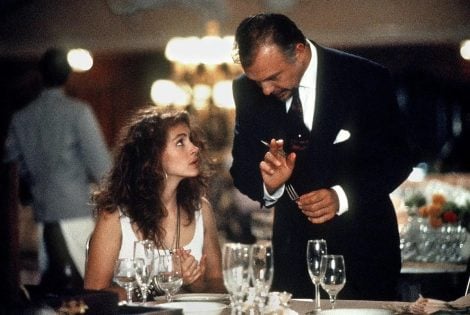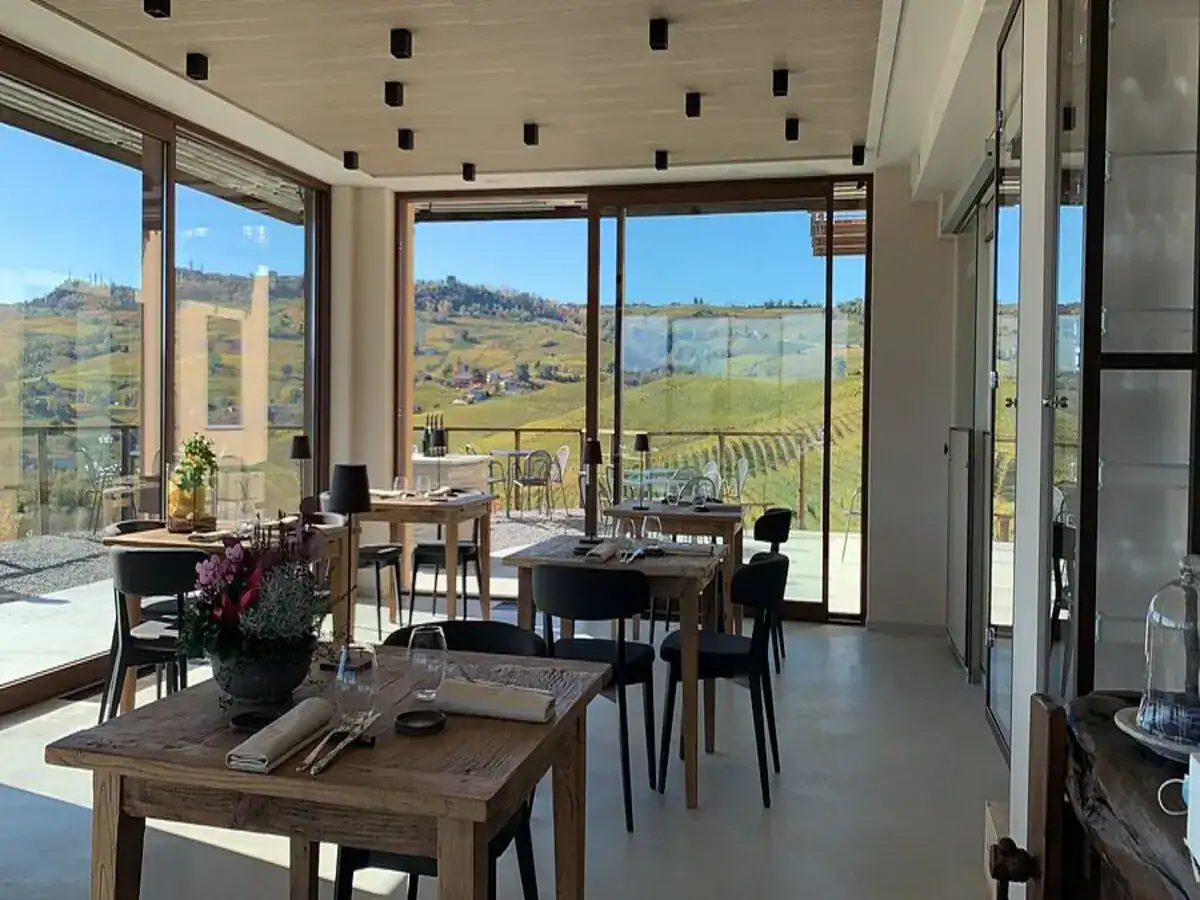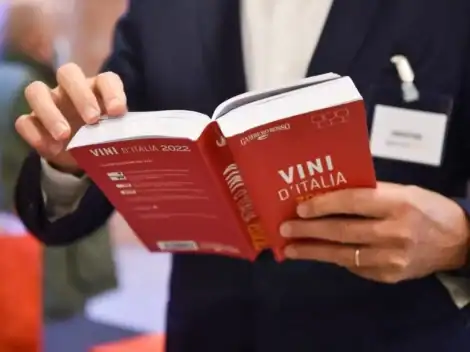On the stage, the chef; in the seats, the customer. This is the parallel at the heart of "Al Ristorante come a Teatro," a book edited by Manfredi Maretti and authored by Fausto Arrighi. As the historic director of the Michelin Guide Italy, Arrighi has decades of experience as an inspector, critic, but above all, a guest.

Who is Fausto Arrighi?
Inspector from 1977 to 2005, director until 2012, in his 36 years at Michelin - as he recounts in the volume - he has tried more than 9,000 restaurants, with the Michelin Guide not acting as a barrier but rather as an observatory with large windows to discover what happens in the gastronomic world. Today, he is a consultant for restaurants, and reflecting on what makes a restaurant beautiful, enjoyable, and desirable is an integral part of his work.
From reflection to writing, the transition was short, so Arrighi wanted to put in writing the essential information about catering; no recipes, though. The goal of this book is to clarify the organization, rules, roles, and tasks of each player in the catering world. Not a term chosen by chance: "My dad used to say it's like going to the theater," Chicco Cerea told us some time ago. And the parallelism returns repeatedly in this slim and easy-to-read booklet. Because, in the end, at the restaurant, as in the theater, a performance takes place every night, and in both cases, it is the relationship between actor and spectator that starts the show.

Actors of catering
Ideally structured in three parts - one dedicated to the kitchen brigade, one to the service brigade, and the last to customers - the book highlights the structure of restaurants: roles, written and, above all, unwritten rules dictated by tradition or more often by common sense. And with common sense, these norms, born centuries ago, adapt to the evolution that time brings, in technical aspects, professional figures. After all, it would be unthinkable today to have a brigade perfectly identical to that of Escoffier in the nineteenth century. And even though it originates from that, technical changes, resources available, spaces, and restaurant formats have imposed some small updates. What remains, in most cases, is a reality where chefs are the authors of a show that they don't perform but entrust to the service brigade, where the maitre is the conductor.
Knowing perfectly the tasks of each character and technician of this show allows, even as a customer, to better understand what happens from the moment of reservation to the final farewell, to intercept that subtext of significant glances, silent instructions, handovers from role to role, which a distracted glance might not notice but are part of a very precise yet incredibly adaptable organization that opens up to as many changes as the guests a restaurant receives. Knowing them means being a better customer, in every sense.

A bit of etiquette, please
Starting with the art of sitting at the table. Remember the scene in Pretty Woman where Julia Roberts undergoes a crash course in etiquette, with lessons on the position and use of cutlery? Well, now. Although today the mise en place in restaurants no longer puts all the cutlery on the table at the beginning of the meal, it could happen to find yourself in this situation, and then, do you remember how to choose the right one? You start from the outermost ones, far from the plate, and then finish with the closest ones, using them up.
Well, let's move on to the next phase: how not to stain when eating a saucy dish? Here, it gets more challenging, given that it is taken for granted that you should not tie the napkin around your neck or equip yourself with a bib (unless provided by the restaurant, as in the case of Vittorio in Brusaporto). You rely on caution and good luck, at most, you can bring a corner of the napkin to protect the shirt but without exaggerating. How about tipping then? And on the restaurateur's side, how to manage the menu? How to handle the wardrobe, explain the dishes, or interact with the customer, even the difficult one? These are examples, but it could go on endlessly, and there would always be rules and exceptions, given by the context and opportunity. Not by chance, the subtitle of the volume is a manual of behavior for cooks, waiters, restaurateurs, and also customers.
Some suggestions seem a bit off target, like when talking about the menu of the Pâtissier chef, "the one who gives the sweet treats at the end of the meal. Adored by the female audience," or when suggesting welcoming the guest back, perhaps a relic of less brazen times when you went to the restaurant only with the official companion (we know well that it's not always the case, and showing that you already know your guests could lead to diplomatic incidents).
Between anecdotes and very clear examples, the book offers an immersion into the experiences of a serial restaurant-goer. Because if some recommendations make you smile a little, such as keeping the uniform in order, tying your hair, welcoming with a smile (in the case of those who work), or not removing your shoes under the table (in the case of guests), it is also true that if the author deems it necessary to emphasize certain rules, it is because they are transgressed much more often than one might think. Pay attention next time.
Al Ristorante come a Teatro. Manuale di comportamento per cuochi, camerieri, ristoratori e un po' anche clienti - Fausto Arrighi - Manfredi Maretti - 124 pp. - €24


 Italy’s 2024 wine production is higher than expected: nearly 44 million hectolitres. But there’s no reason to celebrate
Italy’s 2024 wine production is higher than expected: nearly 44 million hectolitres. But there’s no reason to celebrate The two Calabrian brothers making wine like the ancient Grecanic peasants
The two Calabrian brothers making wine like the ancient Grecanic peasants Three days at Lake Como in 17 destinations: Trattorias, Osterias and Fine Dining
Three days at Lake Como in 17 destinations: Trattorias, Osterias and Fine Dining Piedmontese classics and raw seafood. The unexpected restaurant with a pool in the Langhe
Piedmontese classics and raw seafood. The unexpected restaurant with a pool in the Langhe US Tariffs. according to the Government, a 10% rate would not be impactful, but for most wineries the risk is high
US Tariffs. according to the Government, a 10% rate would not be impactful, but for most wineries the risk is high






